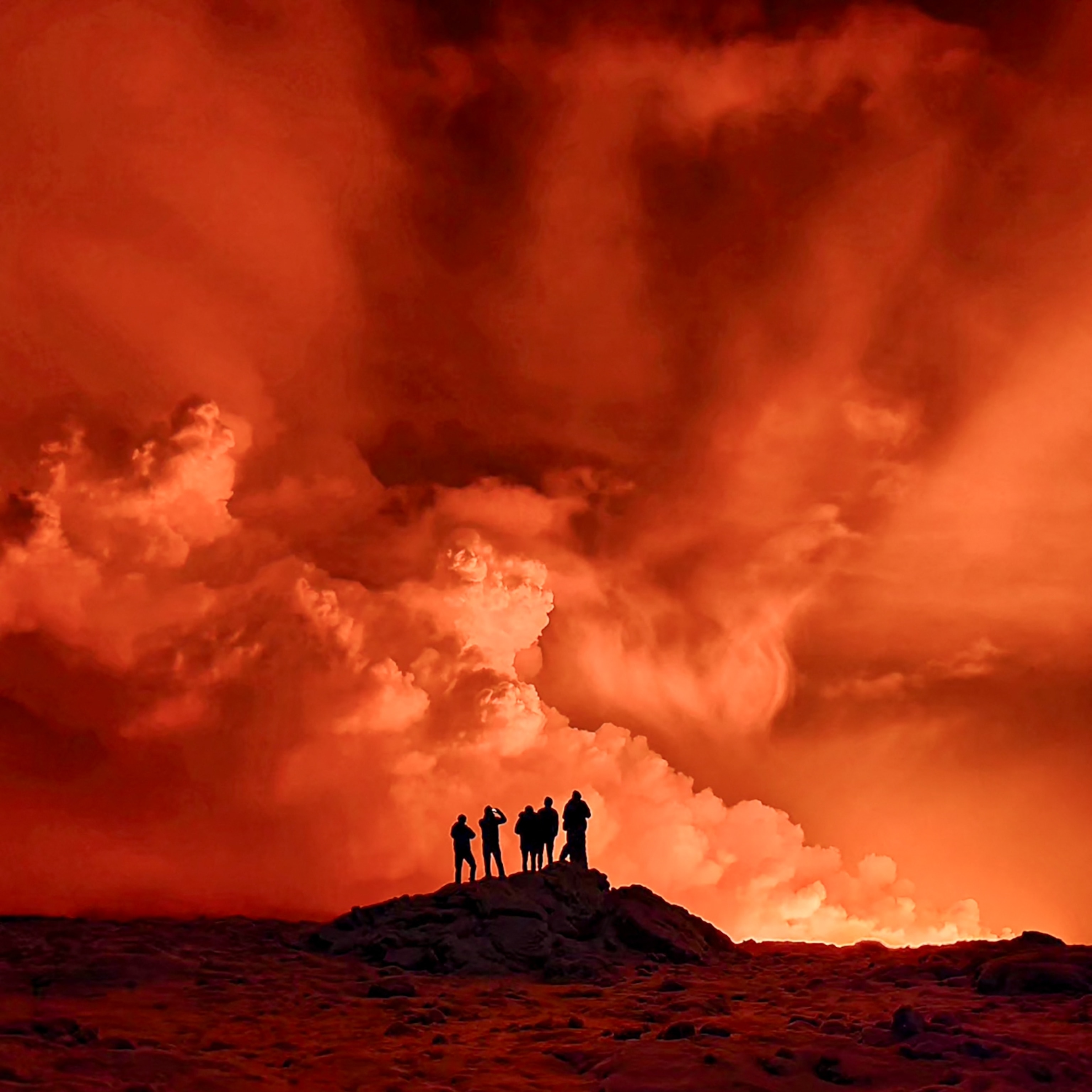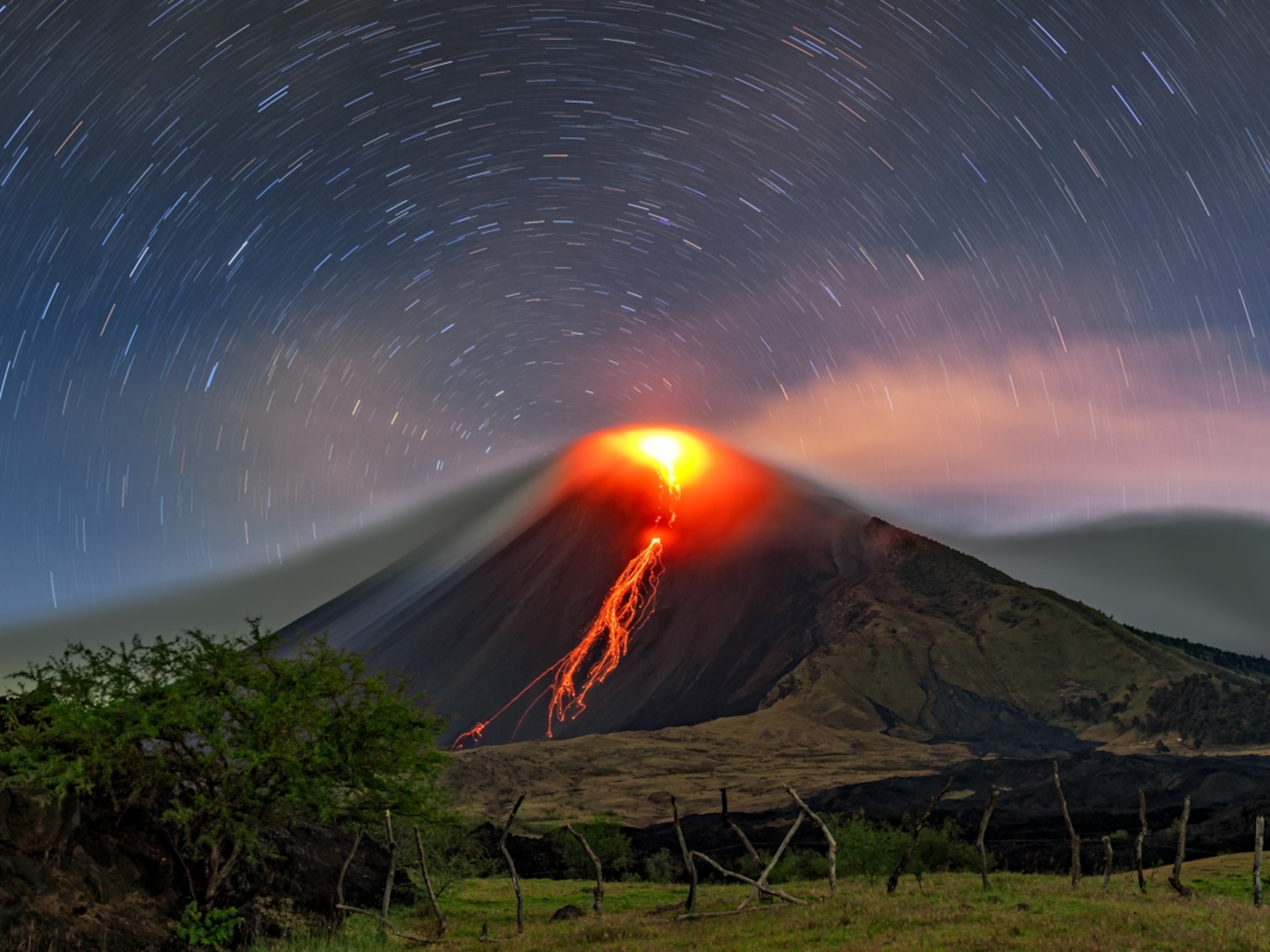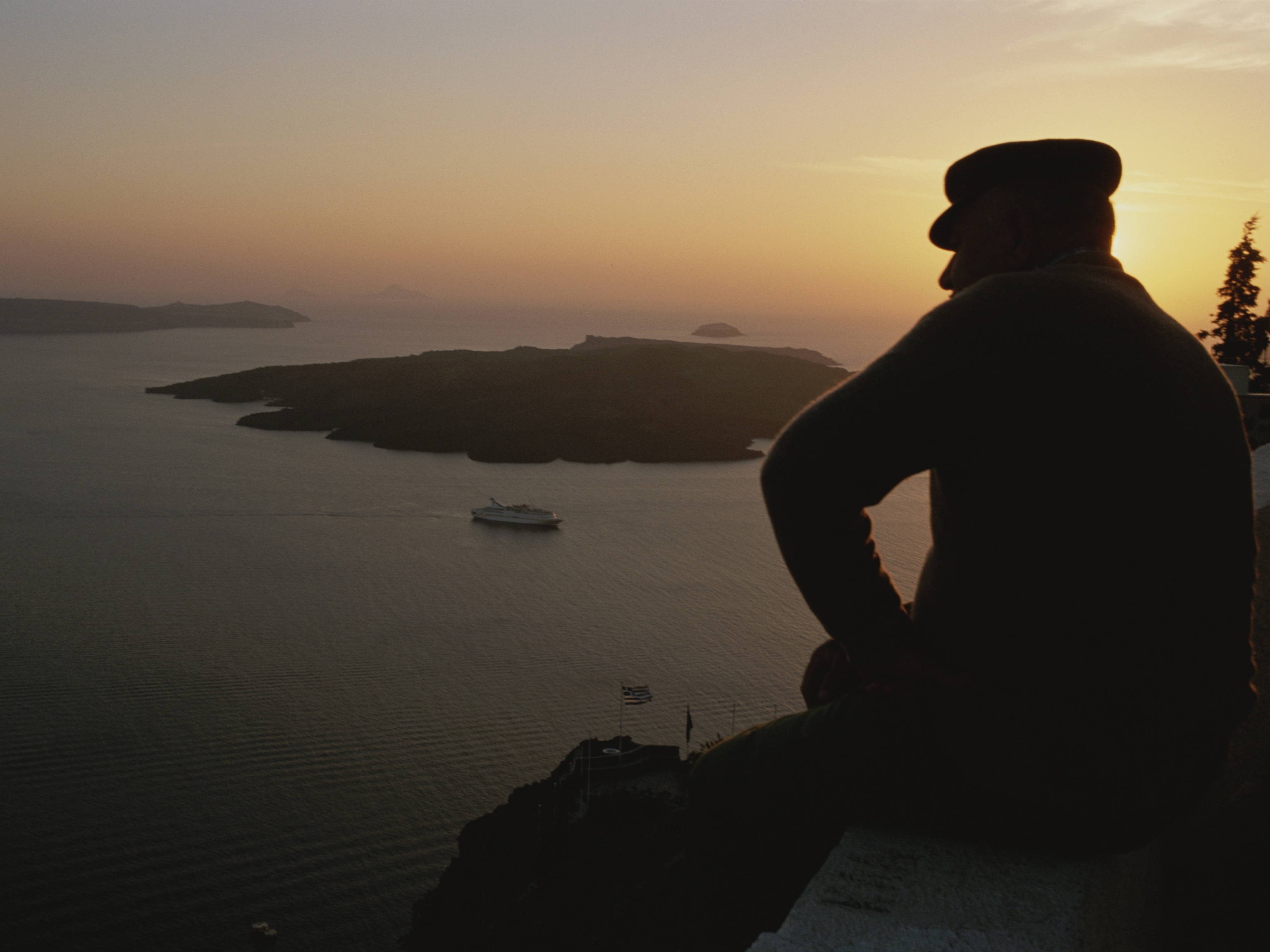
Volcanoes don’t just erupt on schedule—but they have been in Iceland
Since the Reykjanes Peninsula burst to life in 2021, there have been three eruptions, each separated by about 320 days. “We haven’t seen something like this for quite some time.”
Iceland’s southwestern Reykjanes Peninsula went a staggering 800 years without seeing a lick of lava—until March 19, 2021, when after 15 months of increasingly disruptive earthquakes, molten rock erupted from a series of fissures. But instead of all the underlying magma rushing to the surface in one epic torrent, it flooded out in several, strange, seemingly rhythmic bursts.
Based on the geologic history of the region, some volcanologists suggested that the peninsula was entering new volcanic era, imagining that it would feature the occasional eruption every few decades. But experts did not expect the eruptions would be so common—nor so freakishly regular. After the first one stopped on September 18, 2021, a second began nearby, just 319 days later. That ended on August 21, 2022—then, 323 days afterwards, a third eruption began on July 10, 2023.
Individual volcanoes don’t erupt according to neatly timed schedules, and their behaviors are already difficult to explain. Reykjanes is vast volcanic region where intermingling magmatic mazes can find various escape roots. Scientists investigating are finding more questions than answers, with one query coming up especially frequently: Why is the magma coming out in these weirdly rhythmic pulses instead of erupting all at once?
“It is a mystery,” says Tobias Dürig, a volcanologist at the University of Iceland.
But there are some clues hidden within the three eruptions, the sort that suggest the magma cache below is not a single reservoir, but a shapeshifting mass of molten rock—one that can merge multiple pockets of magma to fire off erratic and dramatic eruptions that defy easy explanations.
“It’s very wild,” says Edward Marshall, a geochemist at the University of Iceland.
The new fires of Reykjanes
The volcanic underbelly of the Reykjanes Peninsula is a mess. It sits on the landward part of the Mid-Atlantic Ridge, a continuously opening rift in the Earth that brings scorching hot molten rock closer to the surface. Quakes frequently shake the region, but the 15-month spike in their frequency and magnitude in 2021, accompanied by parts of the peninsula inflating, was predicted to signal some rift-related movement that would culminate in an eruption.
When the prophesized eruption began, close to a volcanic mountain named Fagradalsfjall, most were relieved. The nearest town was several miles away, and the eruption didn’t threaten any explosive events, instead producing flows of runny lava that would be confined by the surrounding valleys.
The last time this happened, between 1210 and 1240, lava spilled across the land through multiple fissures—an episode dubbed the Reykjanes Fires. Volcanologists wondered if the new Reykjanes Fires had just begun. Three eruptions later, it seems they have.
Three events don’t necessarily make a pattern, but the frequency and apparent regularity of these eruptive pulses are notable. “We haven’t seen something like this for quite some time,” says Sam Mitchell, a volcanologist at the University of Bristol.
The roughly 320-day gap between pulses is probably nothing more than chance. “The 320-day thing is definitely a coincidence,” says Marshall. “If it happens again, I’ll be pretty surprised.”
In a way, the pattern has already been broken. After the 2021 eruption ended, another sheet of magma rose close to the surface in December but failed to break through the uppermost crust.
Why didn’t it erupt? “We don’t know,” says Marshall. These magmatic sheets, known as dykes, sometimes lose their buoyancy if they cool too much, or lose their trapped gas. Regardless of how it happened, failed eruptions like this show the region is not only trying to burst once every 320 days.
But the eruptions remain strange, not only because they are so frequent, but because there are pauses at all. Why not just erupt in one big paroxysm, and stop when the magma supply runs dry?
A shapeshifting beast
At first, these three eruptions—despite their varying durations—seem difficult to distinguish.
“The patterns leading up to all three events have been very similar,” says Mitchell. You have a swarm of earthquakes as a dyke rises to the surface, the quakes drop off as the magma is no longer violently breaking the crust as it ascends, and an eruptive fissure eventually opens close to the 2021 site. Each eruption has broken through a little farther to the northeast, almost like the rift is unzipping in that direction.
But one key difference is how much lava gushed from those fissures over time. This measure, known as the effusion rate, “tells you about the different forces at work in the volcanic system,” says Marshall. For both the 2022 and 2023 eruptions, the effusion rate was highest at the start and dropped off exponentially. For Icelandic eruptions with runny lava, “this is what we expect,” he says.
But 2021’s eruption was weird. Its lava output started moderately and kept that way for roughly a month and a half. Then it suddenly shot up to over twice the original flow rate, creating very dramatic fountaining—and it stayed that way for several months until it quickly petered out. “That,” says Marshall, “is not how it’s supposed to work.”
Marshall and his colleagues looked at the lava chemistry of each eruption, which suggested they all tapped the same deep source of melted rocky matter hiding close to the abyssal boundary between the crust and the mantle. But the chemistry of the 2022 and 2023 eruptions were pretty much the same, whereas that of the 2021 eruption changed over the course of its six-month run.
The evidence suggests that the later eruptions were fed by their own individual pockets of magma that had risen from deeper down—and when each pocket had been sufficiently exsanguinated, the eruption lost its thrust and it ended.
Not so for 2021’s fireworks. It may have begun in a similar way, with a solitary magmatic pocket feeding the initial phase of the eruption. But the spike in the lava outflow could have been triggered when an additional ascending pocket of magma merged with the material that was already erupting. This would have fed fresh heat, pressure, trapped gases, and a distinct composition of molten rock into the eruption, like pouring gasoline onto an already raging fire. And when these conjoined pockets ran out of steam, the eruption ceased.
It's hard to say for sure what really happened, partially because of the constantly transmogrifying landscape. We may think of the ground far beneath our feet as immutable, but it’s often amorphous. Every time there is an eruption, “the plumbing system changes,” says Mitchell. “You don’t reset it back to zero.”
Iceland is no stranger to series of fissure-style eruptions. The Krafla Fires of northeast Iceland, from 1975 to 1984, featured multiple outpourings of lava. But in this case, there was a solitary, shallow reservoir of molten rock. “You have a magma chamber, it empties, then it takes time to fill up again, and then it’s full, and everything restarts,” says Dürig.
Reykjanes’ shapeshifting subsurface is more puzzling. Its yearly pulses are hard to explain, but that the entire region reawakens once every 800 years or so is even stranger. “Why it would be episodic is not at all clear to me,” says Marshall. “I have nothing but guesses.”
At least the eruptions—unlike other rift-style eruptions elsewhere—haven’t been particularly dangerous. Tourists can enjoy the spectacle while volcanologists get to work. “It’s a relatively healthy scientific playground,” says Mitchell—a good place to test out theories while quietly wondering if another eruption is just under a year away.








